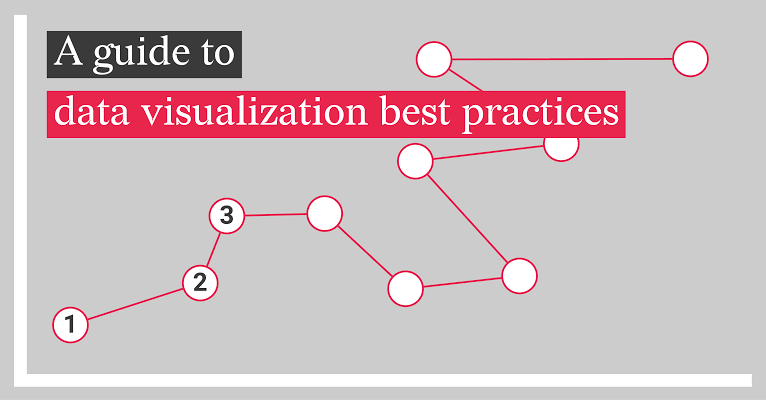As the digital world continues to expand, protecting online accounts has become more important than ever. From social media and banking platforms to work-related systems, authentication plays a central role in keeping information secure. Cybercriminals are constantly developing new techniques to steal data, and weak authentication practices are often the first point of failure. Staying safe online today requires more than just a simple password; it involves adopting stronger, layered methods of authentication that ensure unauthorized users cannot easily gain access.
The Basics of Authentication
Authentication is the process of verifying that a person is who they claim to be before granting access to a system or account. Traditionally, this was done with a username and password, but as threats have grown, newer methods have been introduced to strengthen security.
There are three main categories of authentication:
- Something you know, such as a password or PIN.
- Something you have, such as a smartphone or security token.
- Something you are, such as a fingerprint, facial recognition, or voice pattern.
Modern authentication often combines two or more of these methods, creating stronger barriers against cyberattacks.
The Limitations of Passwords
Passwords remain the most common authentication method, but they are also the weakest when used alone. Many people reuse passwords across multiple accounts, making it easier for hackers to exploit one stolen password to access several platforms.
- Weak or predictable passwords can be easily guessed.
- Password breaches from data leaks expose millions of credentials each year.
- Phishing attacks trick users into revealing passwords on fake websites.
To stay safe, passwords should be unique, long, and difficult to guess. Using a password manager is an effective way to generate and store complex passwords without the need to remember them all.
The Importance of Multi-Factor Authentication
Multi-factor authentication (MFA) adds an extra layer of security by requiring more than one form of verification. Even if a password is stolen, an attacker cannot access the account without the additional factor.
Examples of MFA include:
- Entering a one-time code sent to your phone or email.
- Using authenticator apps like Google Authenticator or Authy for time-based codes.
- Receiving push notifications on mobile devices to approve logins.
- Employing biometric authentication such as fingerprints or face scans.
Enabling MFA wherever possible is one of the simplest and most effective steps toward improving online safety.
Biometric Authentication for Enhanced Security
Biometric authentication uses unique physical or behavioral traits to verify identity. Devices today commonly support fingerprints, facial recognition, and even voice recognition.
The benefits of biometrics include:
- Increased convenience, as users do not need to remember passwords.
- Greater security since biometric traits are difficult to replicate.
- Integration into smartphones, laptops, and workplace systems for seamless access.
While not flawless, biometric systems are significantly more secure than relying solely on passwords, and they are becoming more widely adopted across industries.
Security Keys and Hardware Tokens
For those who require stronger protection, physical security keys or tokens are highly effective. These are small hardware devices that must be plugged in or tapped against a device to complete authentication.
- Security keys, such as those using the FIDO2 standard, prevent phishing by ensuring login requests are legitimate.
- Hardware tokens generate one-time codes that expire after a few seconds, reducing the risk of interception.
These tools are especially valuable for professionals handling sensitive data or organizations needing stronger safeguards against targeted cyberattacks.
Recognizing and Avoiding Authentication Threats
Even with strong authentication, users need to remain vigilant against tactics designed to bypass security. Hackers often use social engineering to trick people into revealing their credentials or approving fraudulent login attempts.
Common threats include:
- Phishing emails or fake login pages that capture usernames and passwords.
- SIM swapping, where attackers hijack a phone number to intercept SMS-based codes.
- Credential stuffing attacks, where stolen passwords are tested across multiple accounts.
Staying cautious, verifying login requests, and avoiding suspicious links are essential practices to strengthen authentication.
The Role of Single Sign-On
Single Sign-On (SSO) allows users to log in once and access multiple applications without repeatedly entering credentials. It improves user experience while also reducing password fatigue.
However, because one set of credentials unlocks multiple services, securing SSO with multi-factor authentication is critical. This ensures that even if credentials are compromised, attackers cannot access all linked accounts.
Keeping Authentication Methods Updated
Cybersecurity is constantly evolving, and authentication methods must evolve with it. Outdated methods, such as relying only on SMS verification, may no longer provide adequate protection against sophisticated attacks.
Best practices include:
- Regularly reviewing and updating security settings.
- Switching to authenticator apps or security keys instead of SMS-based codes.
- Updating biometric systems to newer, more accurate versions.
Staying updated ensures that authentication systems keep pace with modern threats.
Conclusion
Authentication is the cornerstone of online safety. While passwords remain a part of the process, relying on them alone is no longer enough in 2025. Stronger practices such as multi-factor authentication, biometrics, and security keys provide additional layers of defense against cybercriminals. Recognizing threats, avoiding phishing attempts, and updating authentication methods are equally important in safeguarding personal and professional data.
By adopting these best practices, individuals and businesses can significantly reduce the risk of unauthorized access. In a digital era where threats are constantly evolving, strong authentication is one of the most reliable ways to stay safe online.



